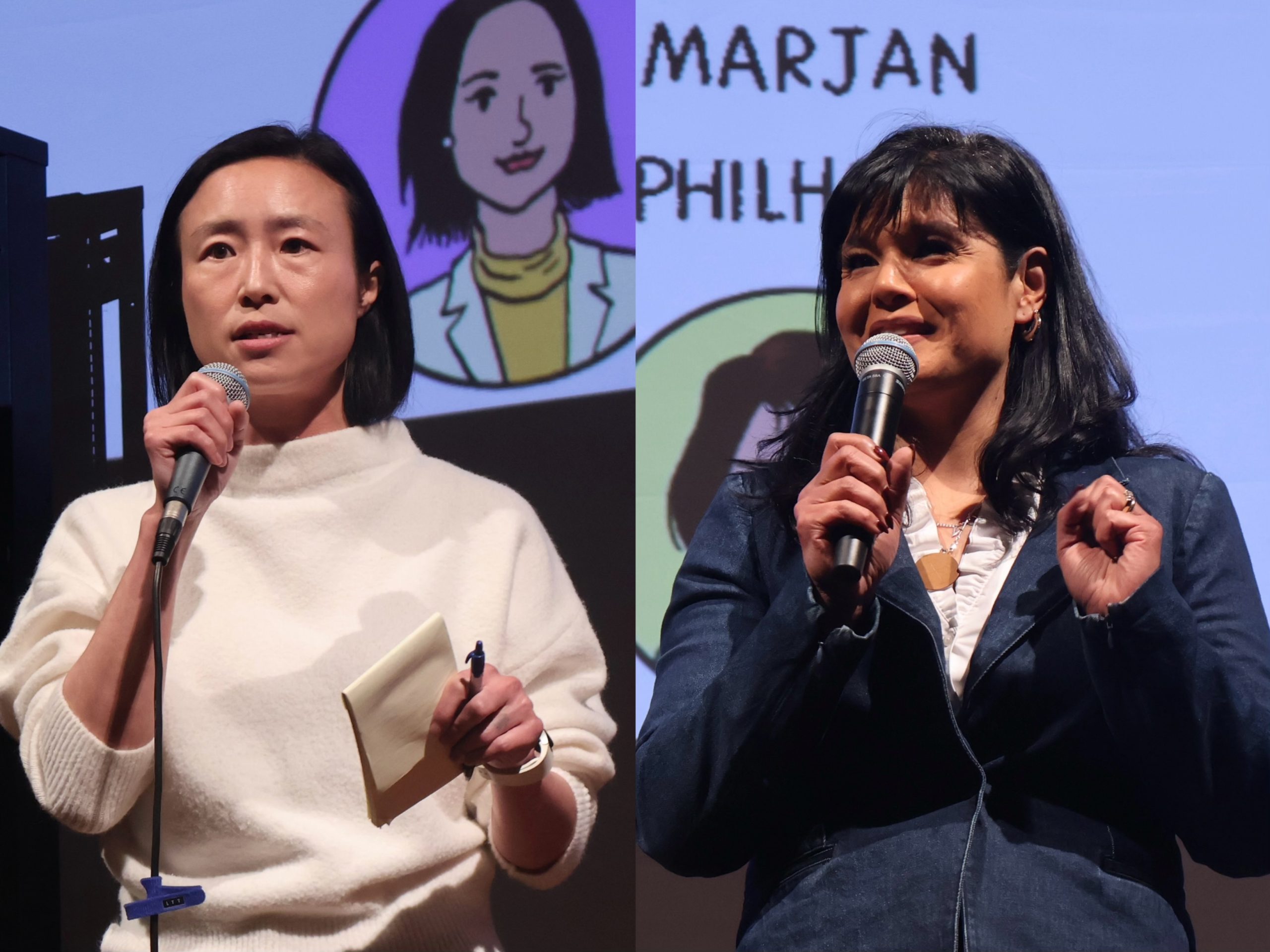[ad_1]
It’s been a rough few years for the San Francisco Unified School District. In 2022, voters recalled three school board members after the board drew intense criticism for slow school reopenings and other controversies. Since then, declining enrollment has exacerbated a budget crisis. The district’s inability to fully staff its schools has led to the dreaded process of closing and merging them, with the names of the proposed schools on the chopping block to be revealed this month. The board faced yet another shakeup last month when then-President Lainie Motamedi abruptly resigned for “personal and health reasons.”
A majority of the board seats — four of seven — are up for grabs this November, making the race all the more important. As with other races, we took a closer look at candidates’ campaign finance filings. Here’s what we found.
1. More than 40 percent of contributions to the race come from outside San Francisco.
It has long been a fact that people who are largely uninvolved with the public school system hold outsized influence over the school board races: Less than 20 percent of San Francisco voters have kids, and many who do send those kids to private schools.
Dive into the money, however, and the external influence becomes even starker. Among itemized contributions — for which we know geographical origin — the funds from outside the city amount to $126,155, representing roughly 42 percent of the nearly $300,000 in total contributions to the race so far. And nearly 15 percent of those total contributions come from outside California entirely.
The percentage of non-San Francisco funds flowing into SFUSD school board races has been steadily increasing over recent years; in 2020, it was closer to 25 percent, while in 2022, it was 34 percent.
All of Homebridge CEO Min Chang’s funds and nearly three-quarters of the funds for Sanyo Denki sales manager Lefteris Eleftheriou come from within San Francisco — but those two are heavily self-funded. (More on that later.) Most of the remaining candidates are 40 to 60 percent funded from within the city.
Central and west San Francisco are donating more to the race than the rest of the city. Zip code 94105 is an outlier: Self-contributions from Chang, the single biggest donor in the race, are tagged with that code.
2. Jersin is vastly outraising the other candidates.
Former LinkedIn executive John Jersin has raised $102,695 — more than a third of the total contributions to the race. The second-highest fundraising candidate, deputy city attorney Jaime Huling, has raised about half that, at $52,913. Both Jersin and Huling have scored simultaneous endorsements from the progressive-leaning teachers union and more moderate groups like GrowSF.
Jersin leads the pack in identifiable unique donors, with 228 (of nearly 650 total), while Huling comes in second, with 149. When it comes to average donation sizes, the heavily self-funded candidates come out on top, as expected. But Jersin is not far behind: His average donation size is over $450 — close to the contribution limit of $500 per candidate per donor.
We have removed Chang from the following graph — she was again an outlier, with an average (entirely self-funded) donation size of $39,000. Eleftheriou is also heavily self-funded (responsible for 63 percent of the donations he has received).
3. Chang’s campaign is entirely self-funded. But for the most part, the race is powered by small donors.
Chang has donated $39,000 to herself, making her the race’s top donor. While contributions are capped at $500, candidates can contribute an unlimited amount to their own campaigns.
The other candidates who have donated more than $500 to their own campaigns are Virginia Cheung and Lefteris Eleftheriou. Cheung donated $2,508 of the $15,040 she has raised, while Eleftheriou donated $1,600 of the $2,550 he has raised. Cheung and Eleftheriou are the second- and third-biggest donors to the race, respectively.
But the school board candidates are mostly funded by small donors: $256,276 — nearly 86 percent of the total contributions — are donations of $500 or less.
4. Attorneys, representing a top occupation among donors, overwhelmingly support Huling.
More than a quarter of the nearly 650 donors to the school board race list their occupation as “not employed.” The No. 2 occupation among donors is attorney, followed by CEO, retired or teacher. Huling, who is herself an attorney, is popular among attorneys who donate — she is receiving 62 percent of the money donated by lawyers.
The familiar faces on moderate endorsement slates also have the backing of well-known tech figures in the city: Y Combinator CEO Garry Tan donated $500 to attorney Supryia Ray, while venture capitalist Jeremy Liew donated $500 apiece to Jersin, Huling and Mercy Housing chief program officer Parag Gupta.
Methodology
Data was sourced from the San Francisco Ethics Commission’s November 2024 campaign finance dashboard.
Unique donors were determined by first and last name, occupation and zip code. However, donors who gave less than $100 total are listed as a single unitemized contribution in the data, meaning unique donor counts should be interpreted as lower than the actual number. Average donation sizes were calculated as the total donations received by a candidate divided by number of donors.
If you notice errors or missing information, contact us at anne@missionlocal.com.
[ad_2]
Source: missionlocal.org






